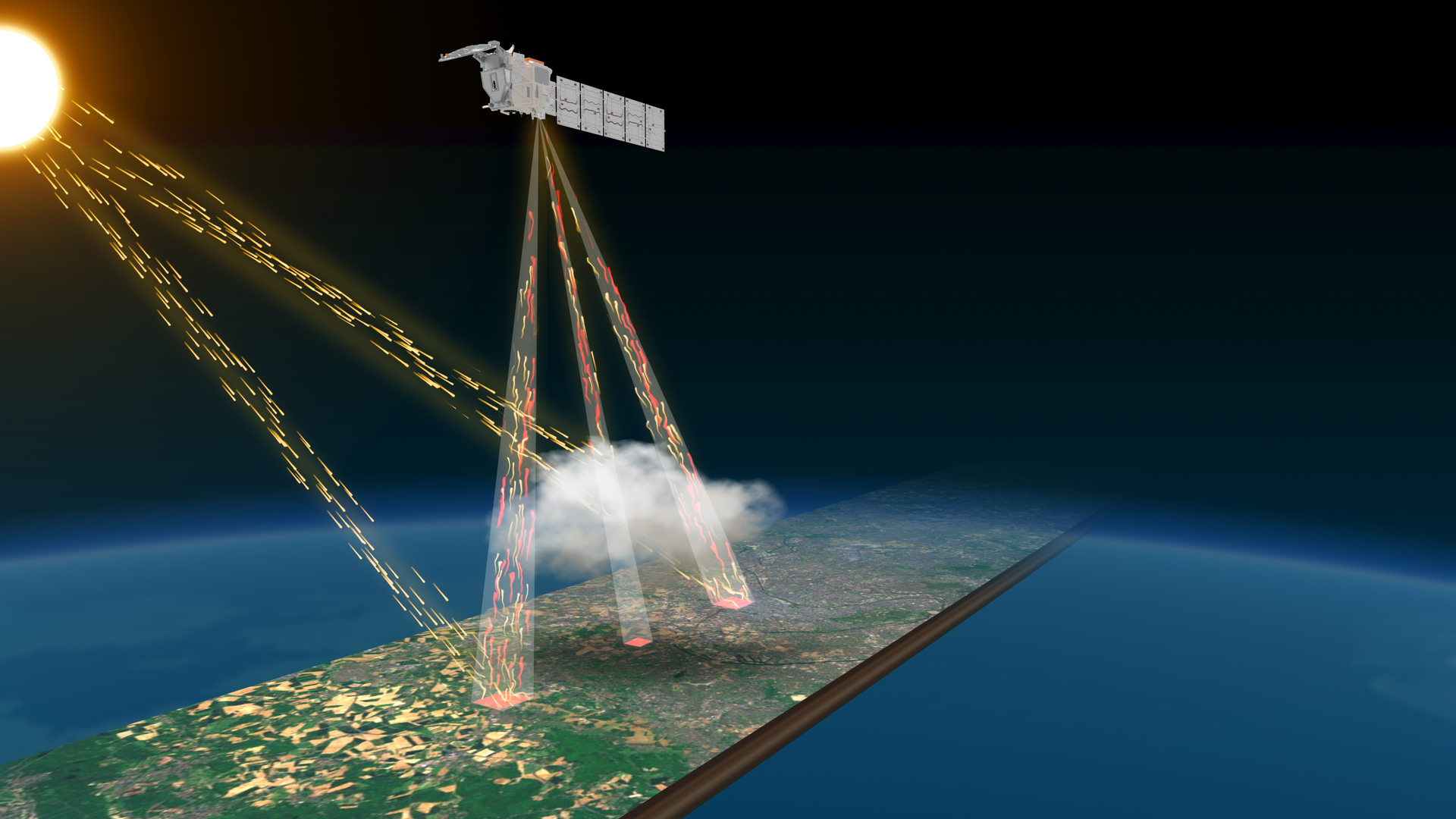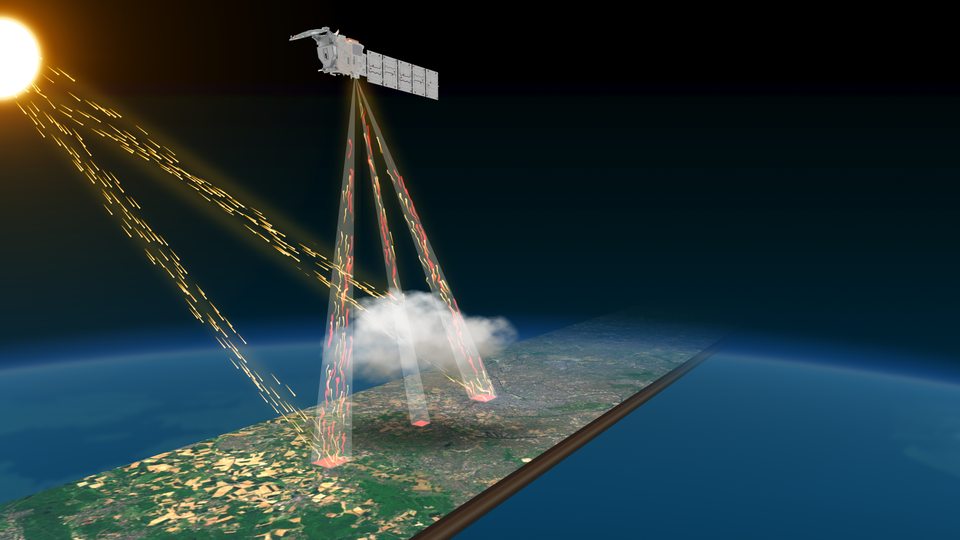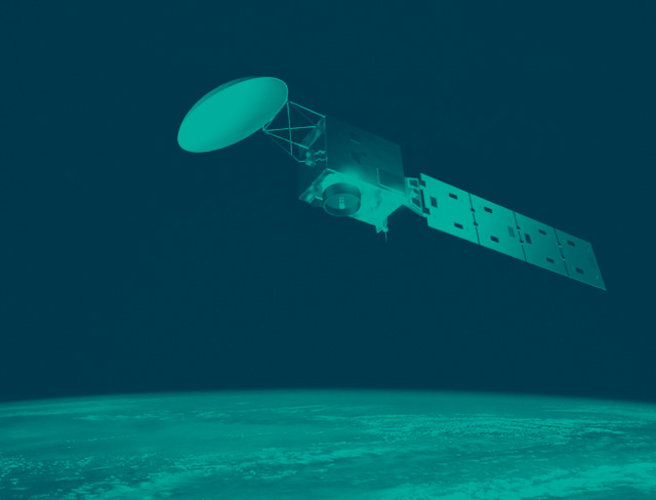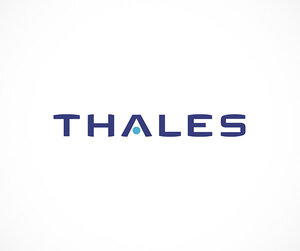EarthCARE’s broadband radiometer
The EarthCARE satellite carries four instruments that together shed new light on the role that clouds and aerosols play in regulating Earth’s climate. One of these instruments is the broadband radiometer.
The broadband radiometer provides accurate measurements of the reflected solar and emitted thermal radiation, co-located with the views from the cloud profiling radar and the atmospheric lidar.
It is used to derive the top-of-the-atmosphere fluxes over a wide wavelength band. The measurements made by the broadband radiometer are compared to the results from radiative transfer calculations that use aerosol–cloud–precipitation scenes retrieved from the three other instruments to calculate heating rates and top-of-atmosphere fluxes and/or radiances. This instrument is therefore key for EarthCARE’s assessment of radiative closure.
To allow it to convert radiance measurements into flux, the instrument measures each scene from three directions. As well as its nadir pointing telescope, it uses a forward-looking and a backward-looking telescope, which allows it to scan each scene from three directions as the satellite passes overhead.
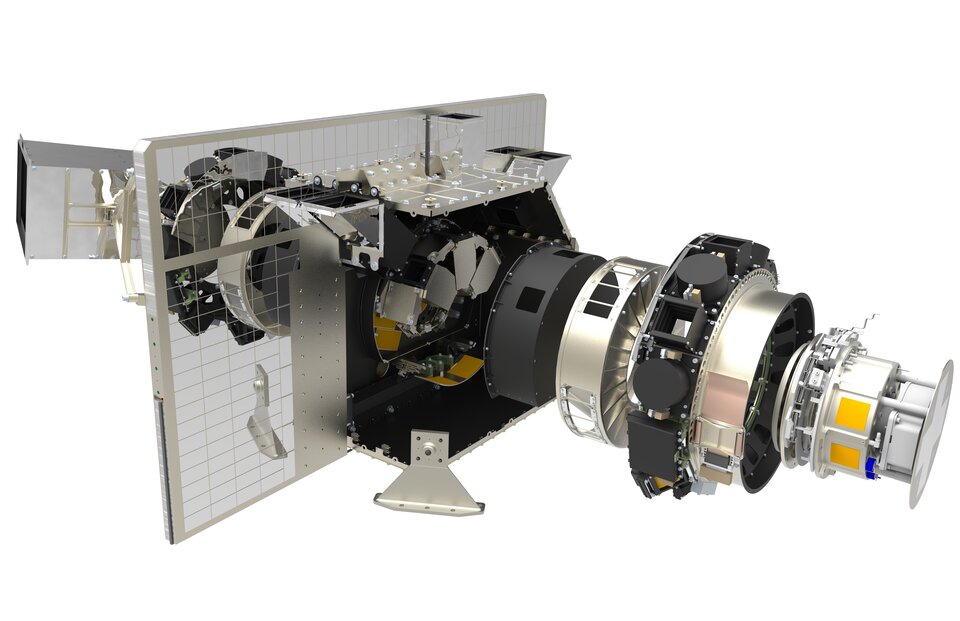
Each telescope measures scenes with both an unfiltered view and a shortwave filtered view. By subtracting the shortwave from the total-wave, a longwave measurement can be derived. The shortwave and longwave measurements correspond to the reflected solar radiation and to the thermal radiation emitted by the Earth, respectively.
The accuracy of the broadband radiometer measurements is improved by synergistic use of scene spectral information from the multispectral imager. This allows it to remove the effects of its own instrument response, removing the measurements’ dependency on the property of the instrument and making it dependent only on the observed scene.
Each of the instrument’s three viewing telescopes contains a single mirror telescope and a linear array micro-bolometer detector, onto which a special gold-black (porous) coating has been applied, laser etched around each pixel, to improve sensitivity to thermal-infrared radiation. The telescopes are fixed on a common baseplate.
To collect shortwave and total-wave measurements, a chopper drum spins around the three telescopes, alternately exposing filtered and unfiltered views. Thus, the telescope views are chopped between alternating views of the open aperture, the stable temperature chopper drum wall and the shortwave filtered view. Making the scene measurements relative to the chopper drum wall allows the instrument to remove the effect of its own thermal emission.
Alternate views of a hot and cold blackbody every 90 seconds are used for absolute calibration of the instrument’s response. The shortwave response is calibrated every couple of months by viewing a solar-illuminated diffusor of the visible calibration system. To monitor for aging in the optics of the visible calibration system itself, a set of monitor photo diodes in each telescope baffle allows the signal from the visible calibration system to be monitored over the mission life.
The blackbodies for performing longwave calibration, the diffuser for performing shortwave calibration and a set of relay mirrors to allow the telescopes to view the diffuser, are all located on a calibration drum. The calibration drum rotates around the chopper drum to place the correct target or aperture in front of the three telescopes. The chopper drum and calibration drum are driven by a set of nested mechanisms that use dry lubrication to work in space, with the mechanism for the chopper drum expected to support in excess of 350 million revolutions.
The broadband radiometer development was led by Thales (UK).
Back to EarthCARE instrument package page.


